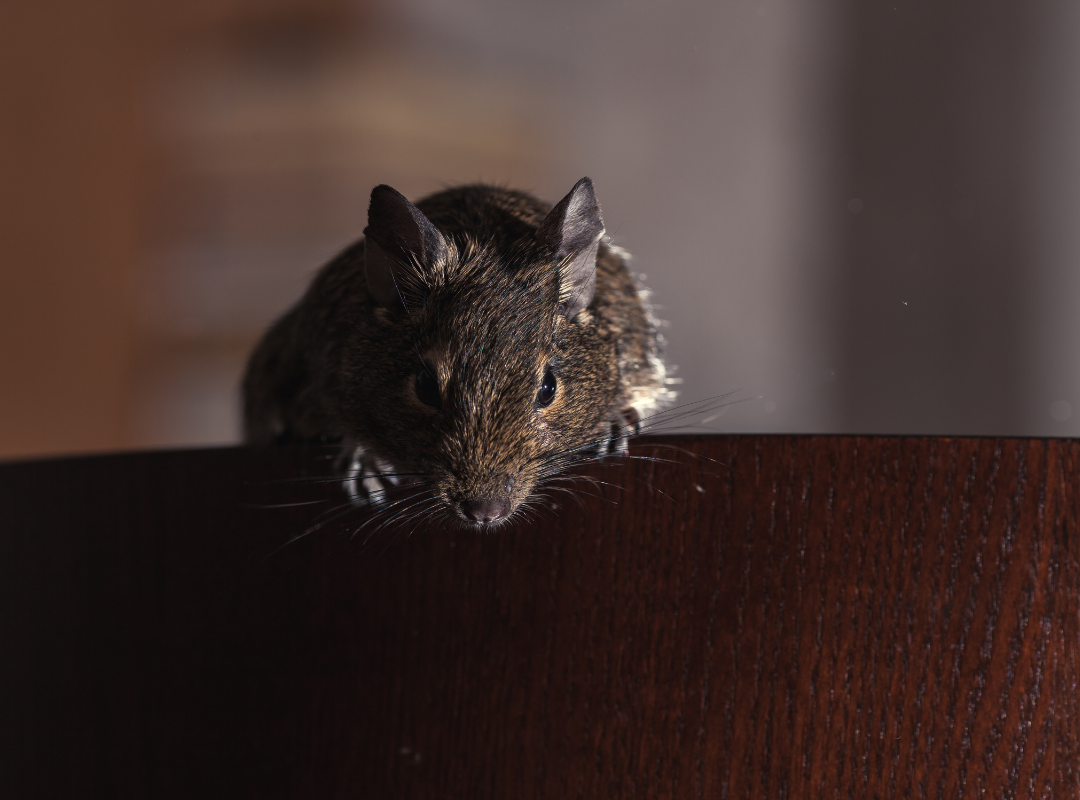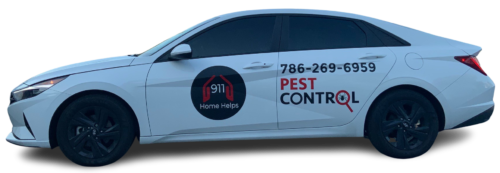Most Common Pests
- Termites
- Rodents
- Roaches
- Ants
- Bed Bugs
- Mosquitoes
- Fleas
- Flies
Drywood Termite 
Drywood (non-subterranean) termites as well as subterranean termites occur in Florida.
Drywood termites infest dry wood and do not require contact with the soil.
Drywood termites infest dry wood and do not require contact with the soil.
Multiple colonies can infest a structure simultaneously.
Subterranean Termite 
These termites have become a burden to homeowners today because it is not until there is severe infestation that these hidden creatures are seen. Wood damaged by subterranean termites is often not noticed because the exterior surface usually must be removed to see the damage.
However, galleries can be detected by tapping the wood every few inches with the handle of a screwdriver.
Damaged wood sounds hollow, and the screwdriver may even break through into the galleries. Subterranean termite feeding follows the grain of the wood, and only the soft springwood is attacked. Unlike drywood termites or other wood-boring insects, subterranean termites do not push wood particles or pellets (fecal material) to the outside, but rather use it in the construction of their tunnels. This debris, along with sand and soil particles, is used as a form of plaster. Cockroach feces will be visible during an infestation. Small roaches produce feces that resemble coffee grounds or black pepper, while larger roaches expel cylindrical droppings. The quantity of visible feces is oftentimes a good indicator of the level or duration of infestation. Rats and other rodents require treatment. If you notice any signs of their presence such as scurrying sounds in the attic, rodent droppings around your home, holes in food packaging, and more, you should contact us immediately Rats and mice start fires by chewing on electrical wires causing millions of dollars of structure damage each year. The Formosan termite is often nicknamed the super-termite because of its destructive habits due to the large size of its colonies and its ability to consume wood at a rapid rate. A single colony may contain several million individuals (compared with several hundred thousand termites for other subterranean termite species) that forage up to 300 feet (100 m) in soil. A mature Formosan colony can consume as much as 13 oz of wood a day (about 400 g) and can severely damage a structure in as little as three months. Because of its population size and foraging range, the presence of a Formosan termites have never been eradicated from an area where they have established a colony. Formosan termites infest a wide variety of structures (including boats and high-rise condominiums ) and can damage trees.
In the United States, along with another species, Coptotermes gestroi , introduced from Southeast Asia, they are responsible for tremendous damage to property resulting in large treatment and repair costs. 

Roaches

Rodent

Formosan Termite

colony poses serious threats to nearby structures.


